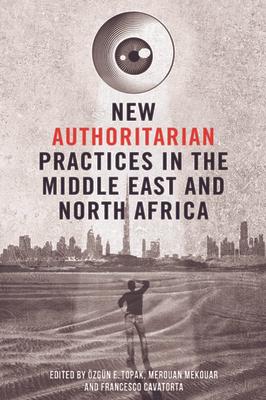This book examines the new authoritarian practices MENA countries developed in the aftermath of the major uprisings in the region. These include new forms of digital surveillance (such as through internet, social media, and spyware), new protest policing practices, new forms of control over the judiciary, civil society and media, and new security and communication laws and state of emergencies. The book also emphasises continuities with past authoritarian practices such as intimidation, imprisonment, torture, extrajudicial killing and ill treatment of dissidents, as well as other practices to suppress dissent and control activists, opposition parties, the judiciary and the media, under new forms and through new combinations with digitally mediated practices. It is by focusing on micro-practices of repression that this book balances the more macro-structural explanations of authoritarian persistence despite widespread social discontent and opposition.

New Authoritarian Practices in the Middle East and North Africa
This book examines the new authoritarian practices MENA countries developed in the aftermath of the major uprisings in the region. These include new forms of digital surveillance (such as through internet, social media, and spyware), new protest policing practices, new forms of control over the judiciary, civil society and media, and new security and communication laws and state of emergencies. The book also emphasises continuities with past authoritarian practices such as intimidation, imprisonment, torture, extrajudicial killing and ill treatment of dissidents, as well as other practices to suppress dissent and control activists, opposition parties, the judiciary and the media, under new forms and through new combinations with digitally mediated practices. It is by focusing on micro-practices of repression that this book balances the more macro-structural explanations of authoritarian persistence despite widespread social discontent and opposition.